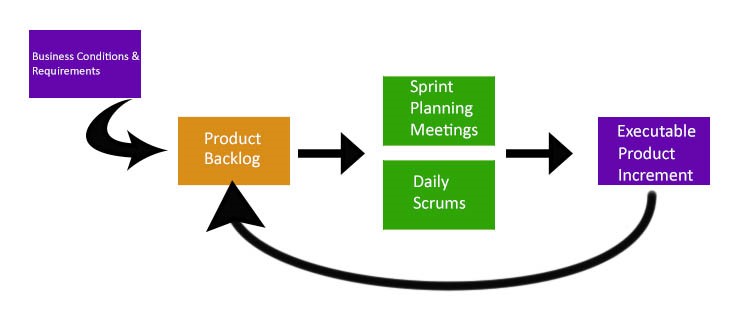
Over the years Data Age has always been known as the technology leader in the pawn industry. We invest a lot of time and resources to ensure every aspect of our clients’ business technologies are in place, updated, compliant, evolving and well-supported. We don’t rush our products to market to be able to capitalize on buzz words because this can be very costly to the end user and our first priority is putting our customers in a position for success. Having the right people and right processes ensures our company stability, and in turn, it ensures our clients’ investments are stable and profitable.
Having the industry’s largest development team under one roof, based in Clearwater, Florida, allows us to be very fluid with our development cycles and translates into helping our clients to be ultra-competitive.
In today’s fast-paced world of development, implementing a strategy that enables us to deliver systems at a reasonable cost and within desirable time frames requires a good balance between agility and planning. That is why Data Age uses Agile Methodology with Scrum. Data Age Business Systems utilizes this methodology to stay ahead of the ever-changing business conditions our industry faces.
With any large scale development cycle, in order to organize and prioritize the programming needs, those needs must be broken down for the development team to commit to, and accomplish components within a defined period of time we call a “sprint”. This is the main strength of the Scrum.

Business conditions and requirements are identified and put into a Backlog. The backlog is a list of all things that the system should include and address, including functionality, features and technology. The product backlog is never finalized. It evolves along with the product.
Sprints are timeframes created to work on the items in the product backlog. Sprints will usually run between two-to-four weeks. Sprint planning meetings are where the team prioritizes and defines what items will be worked on during that time, and who will be responsible for each requirement.
Daily Scrums are short stand-up meetings that occur daily to allow for complete control and guidance over the project, so focus is never lost on the desired end results. Scrums hold each team member accountable for making ongoing progress. They also allow us to identify any obstacles early on, that may slow a project down – in this case, other team members may pitch in, to help overcome the obstacles and complete the requirement on time or a new requirement may have to be created to overcome the obstacle. If this happens, another mini-round of prioritization begins.
Sprint review meetings take place at the end of every sprint. During these meeting, the team reviews the items that have been completed during the sprint. If that item is a new feature that can be demonstrated, a demo will take place. It is also an opportunity for the team to communicate what went well and what didn’t, to continue to improve in the next sprint. Stakeholders may participate during the demo portion of the meeting as well, to create transparency within the organization.
This is a very basic look at Agile Software Development with Scrum, but hopefully enough to convey the message that Data Age is always evolving and uses proven methodologies to develop our products. This is one of the ways we are able to stay ahead of all the compliancy and regulatory concerns that are so common to the collateral loan industry.
